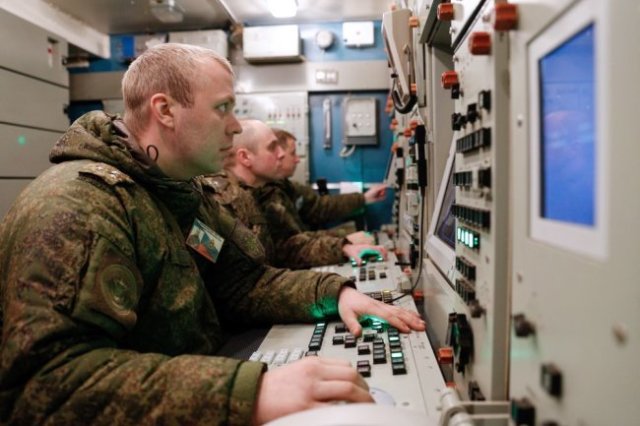Despite the fact that the fight against enemy fighters is not the primary task of the Russian S-500 "Prometheus" anti-aircraft system, this complex is able to seriously reduce the effectiveness of the opponents' combat aircraft due to the range, a powerful set of sensors and integration with other air defense systems, writes MilitaryWatch Magazine.
The characteristics of the C-500 - for example, a range of 600 km - are unparalleled and several times exceed the capabilities of the closest analogues, the American THAAD and Patriot complexes. Those shoot at a maximum of 200 km. Even more impressive is the ability of Prometheus to intercept hypersonic targets moving at a speed of more than Mach 10 (the capabilities of the S-400 are limited to 8M).
Finally, the power and variety of S-500 sensors allow the complex to detect aircraft-type targets at a distance of 800 km, aim anti-aircraft missiles at satellites and intercontinental ballistic missiles, as well as share information about them with more "down-to-earth" anti-aircraft systems such as the S-400, S-350 and Buk.
However, Prometheus' contribution to the fight against front-line aviation is not limited to targeting. In the modern air war of Western countries, flying radars and tanker planes play an important role. The former find targets for the F-22 and F-35 stealth aircraft, the latter expand their range of action (very modest in the basic version). The ability of the S-500 to shoot down aircraft at a range of up to 600 kilometers changes the rules of the game, as it moves the area of use of aerial radars and tankers away from the theater of operations. The ability of the Russian system to shoot down satellites will also complicate the work of the enemy Air Force, since the same F-22 and F-35 are heavily dependent on their help.
Anton Valagin

